Download our free 28-page ebook jam-packed with outrageously fun activity ideas.
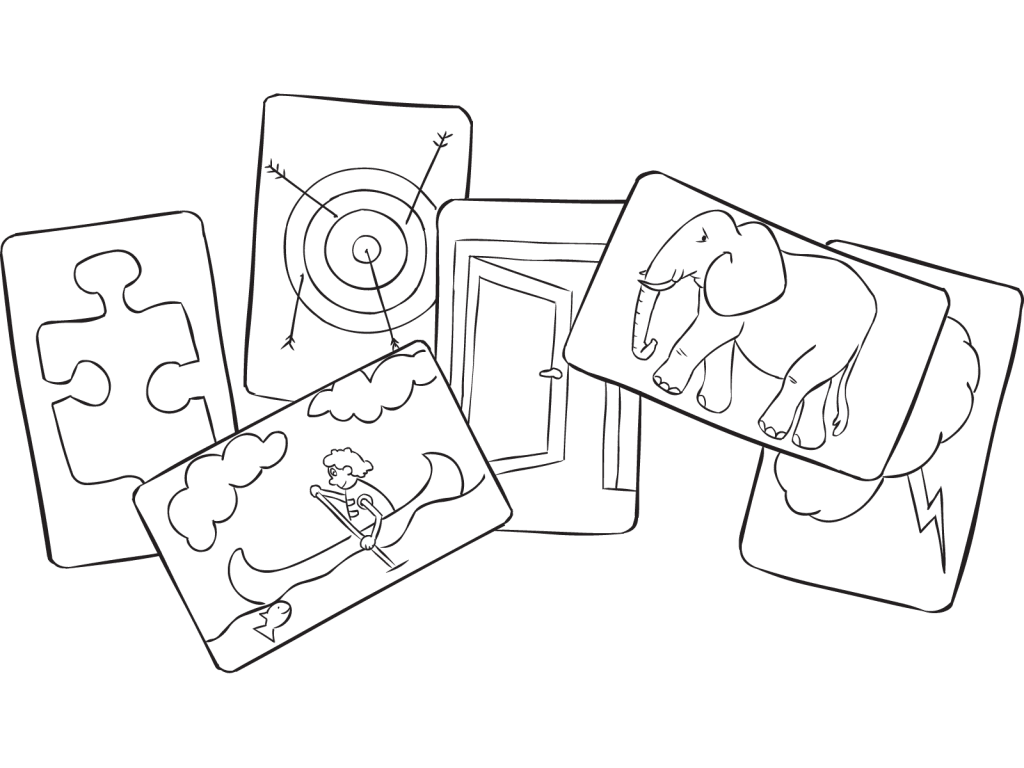
Climer Cards
Visual reflection tool to deepen learning through powerful imagery.
- Fun
- Invites sharing
- Inspires creativity
- Fosters teamwork
- Virtual options
Save to Playlist
Visual Reflection Tool
This visual reflection tool unlocks meaningful conversations and insights through hand-drawn images. As a sophisticated debriefing tool, Climer Cards help participants articulate their thoughts and feelings more easily. Perfect for any reflection activity, the cards create a safe space for sharing while the images serve as powerful metaphors. This versatile debriefing exercise adapts to various group sizes and learning objectives.
Step-by-Step Instructions
Resources
Video Tutorial
How To Play Narrative
Practical Leadership Tips
Social-Emotional Learning
Health & Wellness Programming
Popular Variations
Virtual Adaptation
You Might Also Like...
Useful Framing Ideas
Source
Comments (1)
Leave a Reply

No Props No Problem
Brand NEW book featuring 150+ outrageously fun group games & activities. Scan QR codes to connect to tons of digital content including video tutorials.
Add to CartNew – TRY BEFORE YOU BUY
NEW – Latest Posts
Choose a plan that’s right for you
We offer a range of membership plans with no surprises.
Click an option below & discover our simple pricing.

Individual
Click here if you’re a:
- Teacher
- Corporate trainer
- Outdoor educator
- Camp leader
- Youth leader
- Conference organiser
- Therapist/counsellor
Membership Plans

Enterprise
Click here if you represent a:
- School
- Corporation
- Community-based Organisation
Explore plans for
10, 50, 200 or more
potential users
Membership Plans
Login
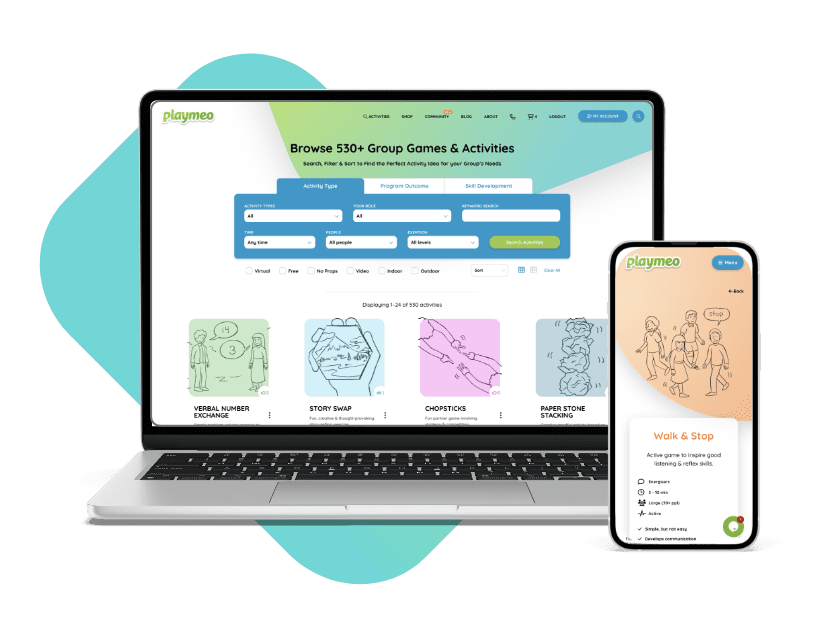
Wow, you’ve been busy!
You can open 1 more
activity for free.
Limit resets every 24 hours
or Sign-Up to get UNLIMITED access.




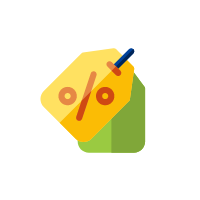
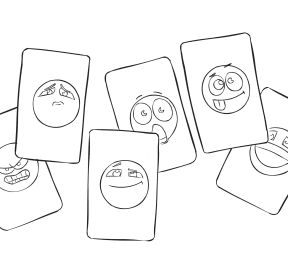
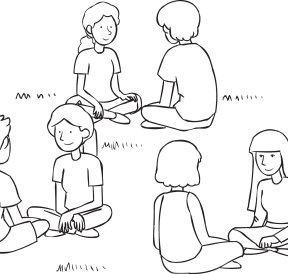

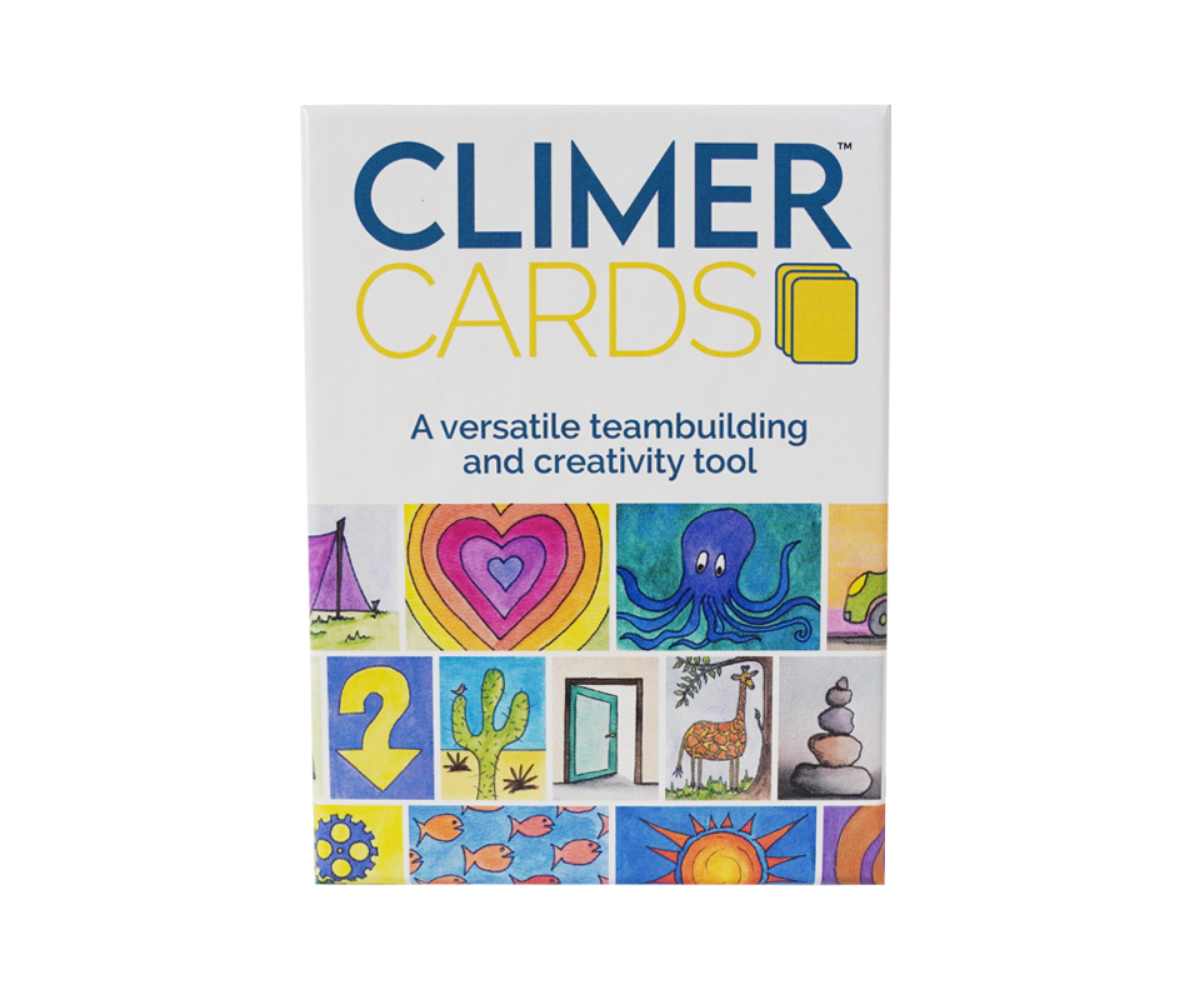
Climer Cards are the best! Amy is also an amazingly talented facilitator if you ever get a chance to cross paths with her.